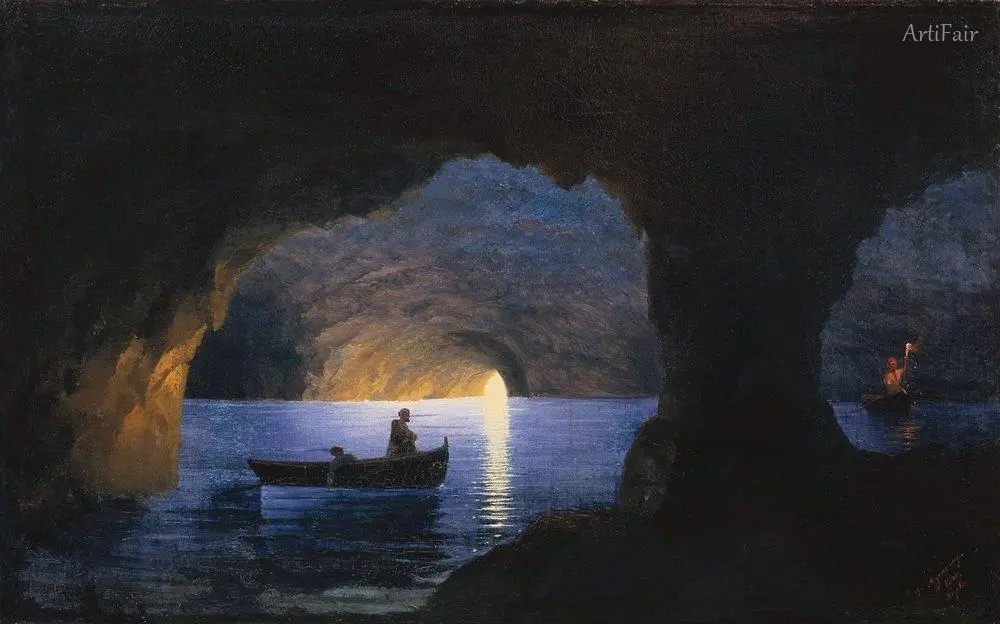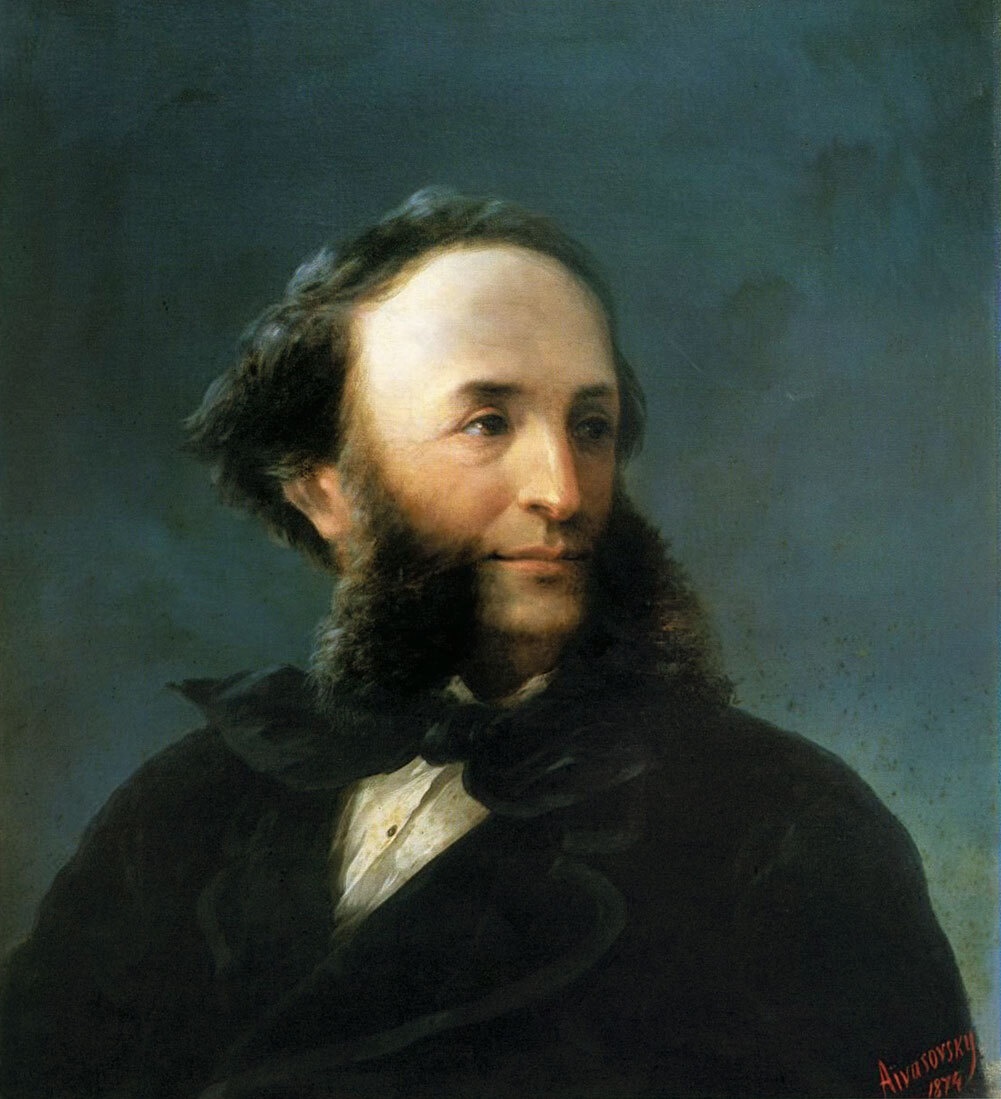

Ivan Aivazovsky
RU
76
Artworks
1817 - 1900
Lifespan
Artist Biography
Ivan Konstantinovich Aivazovsky (1817-1900) was a Russian Romantic painter of Armenian descent, celebrated as one of the greatest masters of marine art. Born Hovhannes Aivazian in the Crimean port city of Feodosia, his prodigious talent for drawing was evident from a young age. Supported by local patrons, he attended the Imperial Academy of Arts in Saint Petersburg, where he studied under renowned landscape and battle painters like Maxim Vorobiev and Alexander Sauerweid. His early promise was quickly recognized, earning him a gold medal upon graduation, which facilitated his further studies in Europe.
In the early 1840s, Aivazovsky embarked on a transformative journey across Europe, spending significant time in Italy. The art and atmosphere of Venice, Florence, Rome, and Naples profoundly influenced him, solidifying his passion for depicting the sea. He gained international acclaim during this period, with Pope Gregory XVI awarding him a gold medal. Upon returning to Russia, he was appointed the official painter of the Russian Navy, a role that allowed him unparalleled access to naval maneuvers and seascapes, which became the dominant subjects of his oeuvre. He established his primary residence and studio in his beloved Feodosia.
Aivazovsky's artistic career spanned nearly 60 years, during which he produced an astonishing corpus of around 6,000 paintings. The vast majority were seascapes, ranging from tranquil moonlit waters to dramatic shipwrecks and tumultuous storms, such as his iconic masterpiece "The Ninth Wave" (1850). His distinctive Romantic style was characterized by its dramatic lighting, exceptional ability to capture the movement and translucency of water, and the emotional power of nature. He often painted from memory, relying on his legendary visual recall to recreate scenes with vivid detail and atmospheric depth. His works frequently depicted naval battles, coastal views, and also explored Armenian themes and portraiture.
His fame extended far beyond the Russian Empire. Aivazovsky held numerous solo exhibitions across Europe and the United States, earning prestigious awards, including the French Legion of Honour and the Turkish Order of the Medjidie. He was highly regarded by the Russian imperial family and cultural elite; Anton Chekhov popularized the phrase "worthy of Aivazovsky's brush" to describe something exceptionally beautiful. Despite his international success, he remained deeply connected to Feodosia, contributing significantly to the city's development by establishing an art gallery, an archaeological museum, and improving its infrastructure.
In his later years, Aivazovsky's Armenian heritage came to the fore in his work, particularly in response to the Hamidian massacres of the 1890s. He created powerful paintings condemning the atrocities and publicly renounced the Ottoman honors he had received. He married Anna Burnazian, a young Armenian widow, in 1882, which he said brought him "closer to his nation." Aivazovsky continued to paint prolifically until his death in Feodosia in 1900. He was buried in the courtyard of the St. Sargis Armenian Church in his hometown.
Ivan Aivazovsky's legacy endures through his breathtaking depictions of the sea, which continue to captivate audiences worldwide. He remains one of Russia's most popular and revered artists, his works housed in major museums and private collections. His ability to convey the sublime power and ephemeral beauty of the ocean, his technical virtuosity, and his sheer prolificacy have solidified his place as a monumental figure in the history of marine art and Russian Romanticism. His art continues to be celebrated and, at times, becomes a subject of cultural and political discussion, highlighting its lasting impact.